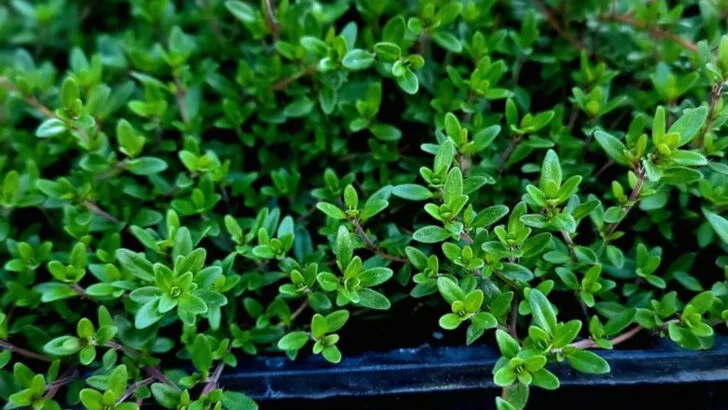Herbs aren’t just for seasoning your meals, they can quietly work behind the scenes to protect your garden, too. Some are natural pest deterrents, sending unwanted bugs packing with their strong scents or bitter oils. Others act like friendly hosts, drawing in helpful insects that keep harmful ones in check. It’s a simple, chemical-free way to keep your plants healthier.
If you’ve ever wondered why certain areas of your garden seem to get fewer pests, the answer might be growing right under your nose. By mixing the right herbs into your beds or containers, you can create a more balanced environment that supports your plants instead of constantly fighting off invaders. Here’s a rundown of which herbs pull their weight in pest control and which ones bring the right kind of bugs to the party.
Basil
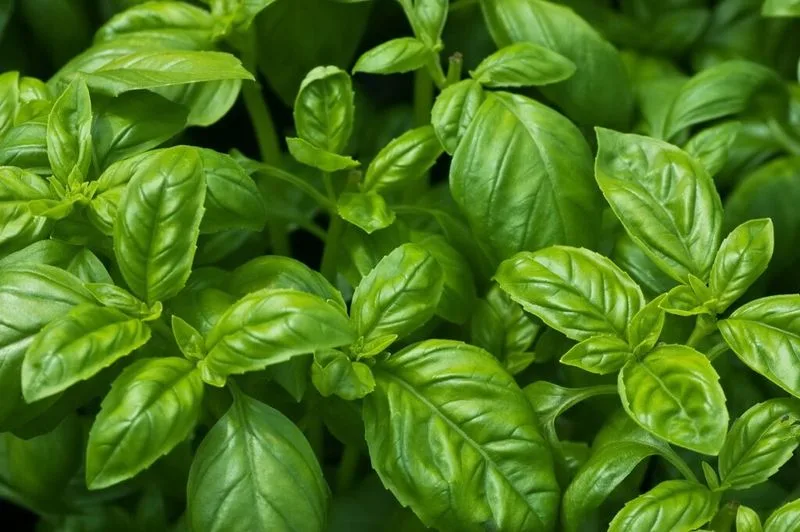
The aromatic charm of basil isn’t just for culinary delights. Its alluring scent deters common pests like mosquitoes and flies.
Grow basil near entryways or windows to keep these insects at bay. The glossy green leaves also add a lush texture to your garden ensemble.
Interestingly, basil pairs well with tomatoes, not only in the kitchen but in the garden too, offering protection and enhancing growth.
Lavender
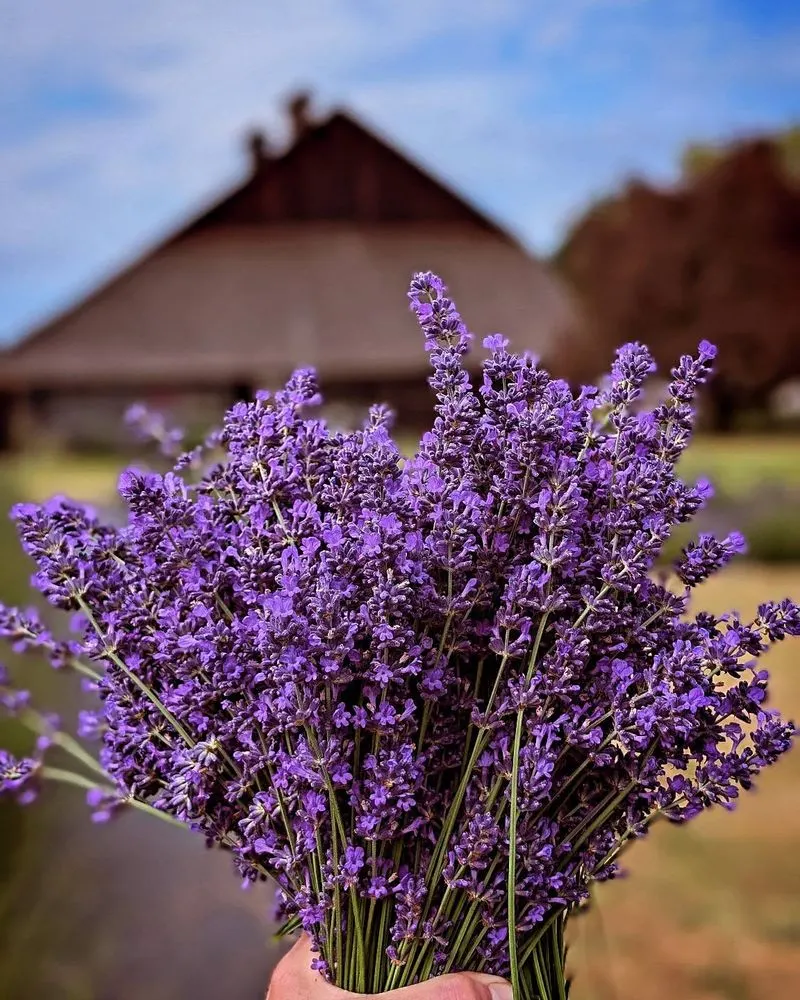
Lavender’s soothing aroma is a bane for moths, fleas, and mosquitoes, making it an ideal natural repellent.
The fragrant purple blooms add a splash of color and a calming scent to any garden. It’s also a favorite among pollinators like bees.
Historically, lavender has been used in medicine and perfumery, treasured for both its beauty and utility.
Mint
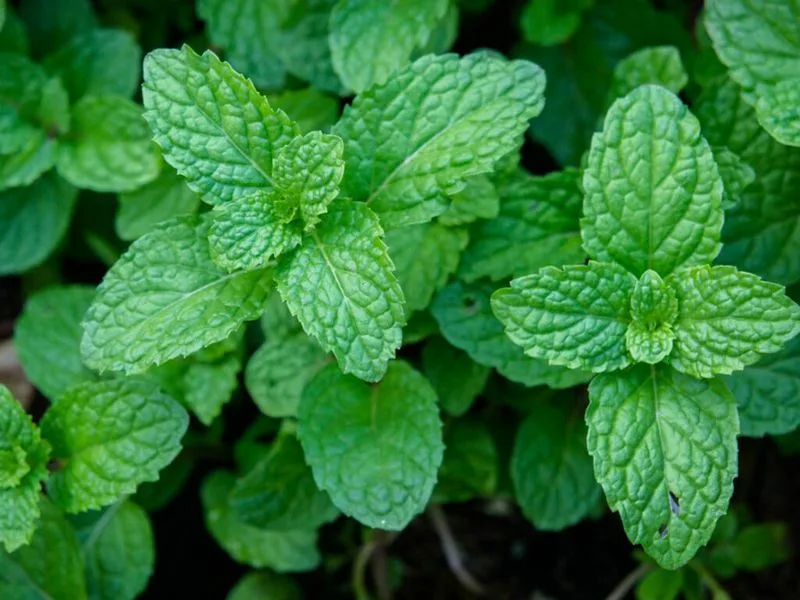
Mint’s invigorating aroma sends ants and flies packing, making it a staple in natural pest control.
This hardy herb grows prolifically, so consider container gardening to keep it contained. Its fresh scent is not only refreshing but also functional.
Used in traditional remedies, mint is as therapeutic as it is practical, enhancing both teas and gardens alike.
Rosemary
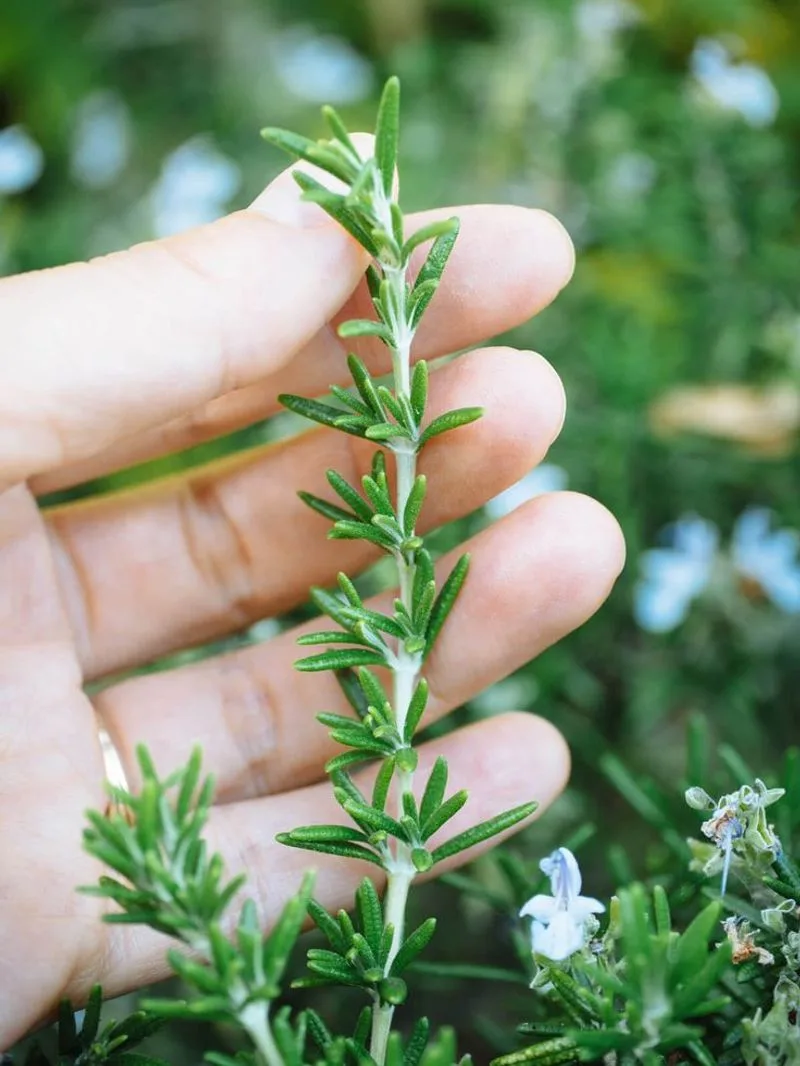
Rosemary, with its robust scent, repels mosquitoes and cabbage moths effectively.
This versatile herb thrives in sunny locations and can be pruned into decorative shapes. Its needle-like leaves are a flavorful addition to culinary dishes.
In ancient times, rosemary was a symbol of remembrance, used in various cultural rituals for its protective properties.
Sage
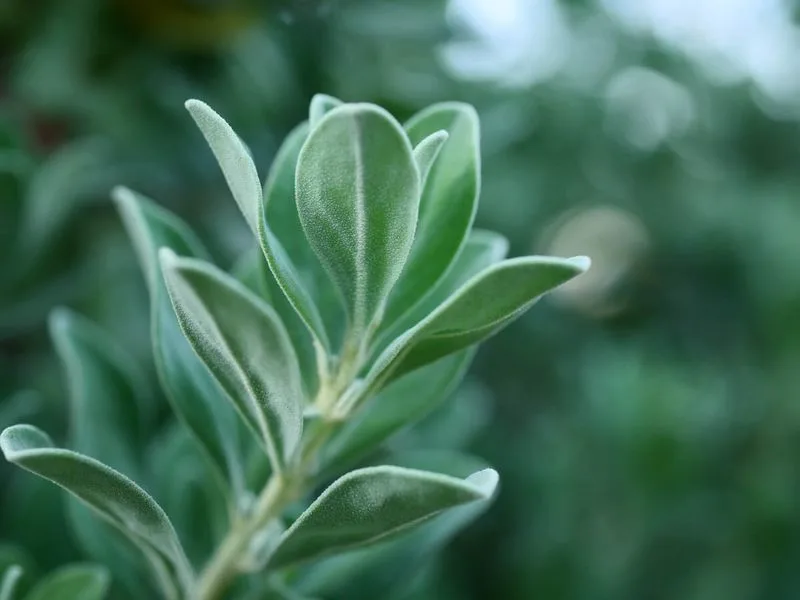
Sage’s pungent aroma keeps carrot flies and cabbage moths away, offering robust garden protection.
The soft, velvety leaves are a sensory delight, both visually and to the touch. Sage is also a staple in culinary traditions, particularly in stuffing recipes.
With its rich history in traditional medicine, sage remains a timeless herb with multifaceted uses.
Thyme
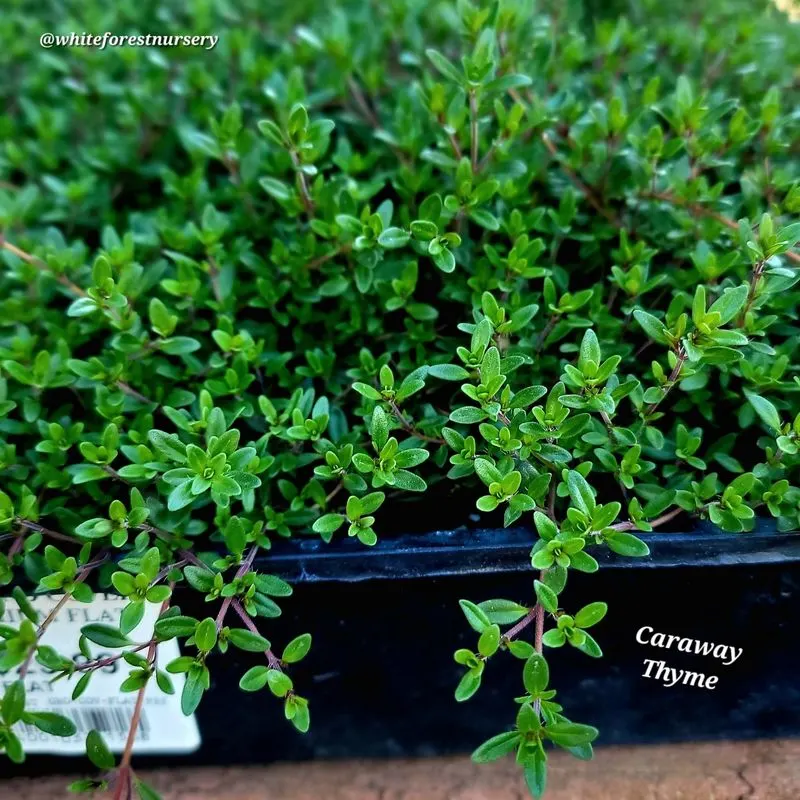
Thyme acts as a deterrent to cabbage worms and whiteflies, thanks to its potent scent.
This low-growing herb makes a perfect ground cover, providing aromatic foliage year-round. Its tiny leaves pack a powerful punch in the kitchen, too.
Thyme has been cherished since ancient times for its antiseptic properties, a true testament to its enduring appeal.
Chives
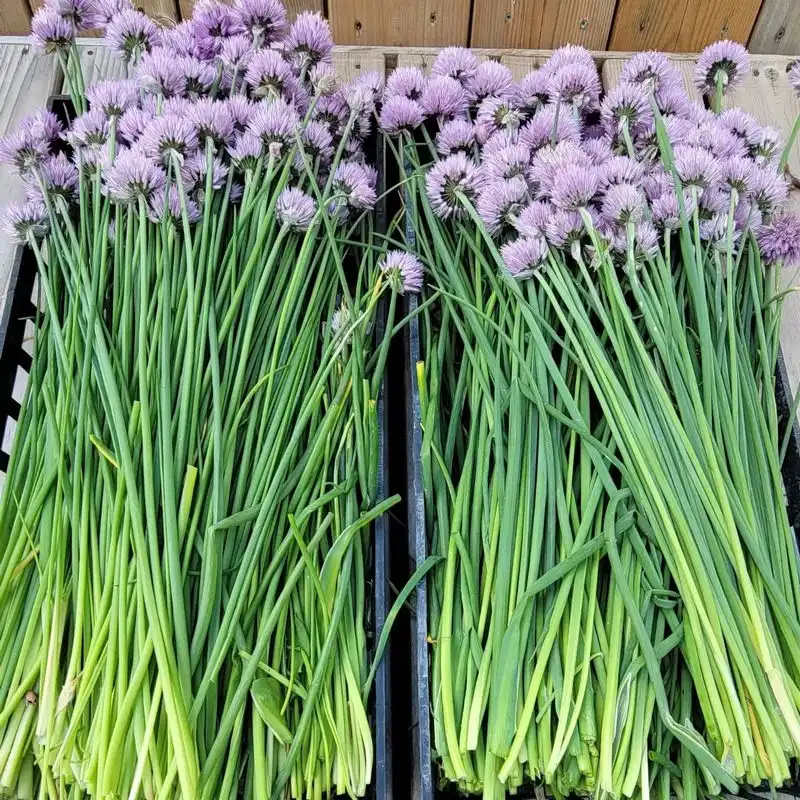
Chives not only add flavor to dishes but also repel aphids and Japanese beetles.
Their slender green stalks and striking purple blooms catch the eye, adding elegance to any garden. As a member of the onion family, chives carry a mild, onion-like scent.
In folklore, chives were believed to drive away evil spirits, underscoring their protective nature.
Lemongrass
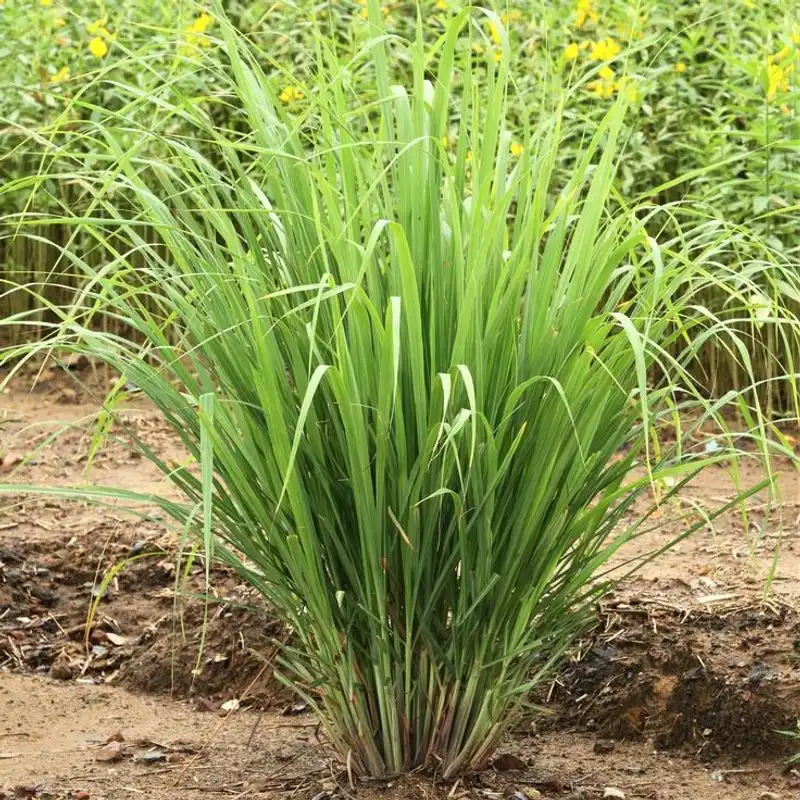
Lemongrass is a powerhouse in repelling mosquitoes with its citrusy aroma.
This tropical plant adds an exotic flair to gardens while serving as a natural insect deterrent. The tall, arching leaves can create a lush backdrop to flower beds.
Widely used in Asian cuisine, lemongrass also offers medicinal benefits, making it a versatile addition to any herb collection.
Cilantro
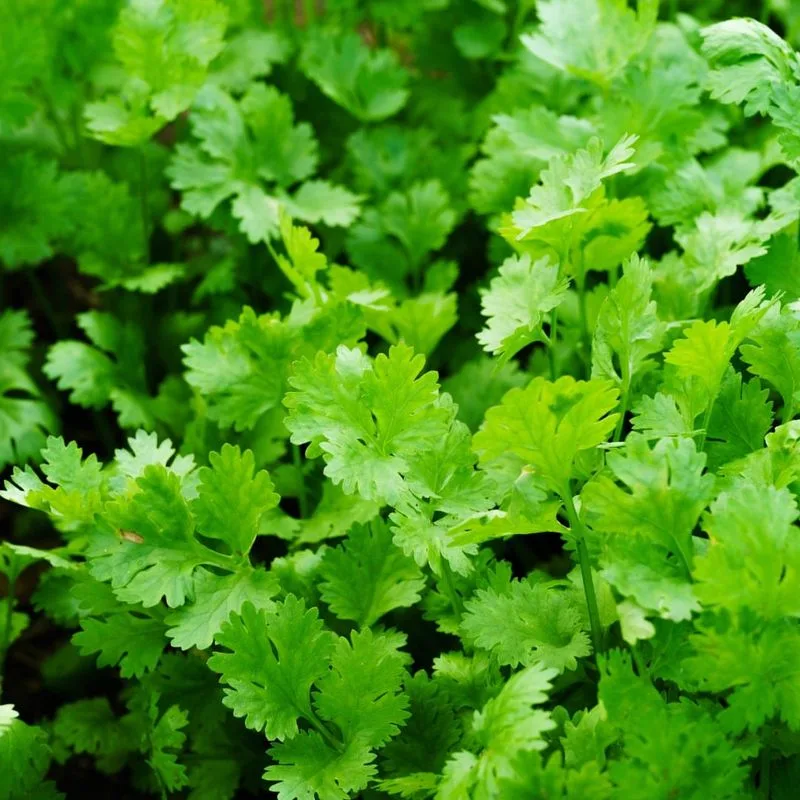
Cilantro is more than just a culinary staple; it also repels spider mites and potato beetles.
The aromatic leaves and seeds make cilantro a dual-purpose plant, thriving in both warm and cool seasons. Its fresh, slightly tangy scent adds a unique character to gardens.
Moreover, cilantro’s seeds, known as coriander, offer additional culinary uses, highlighting its versatility.
Dill
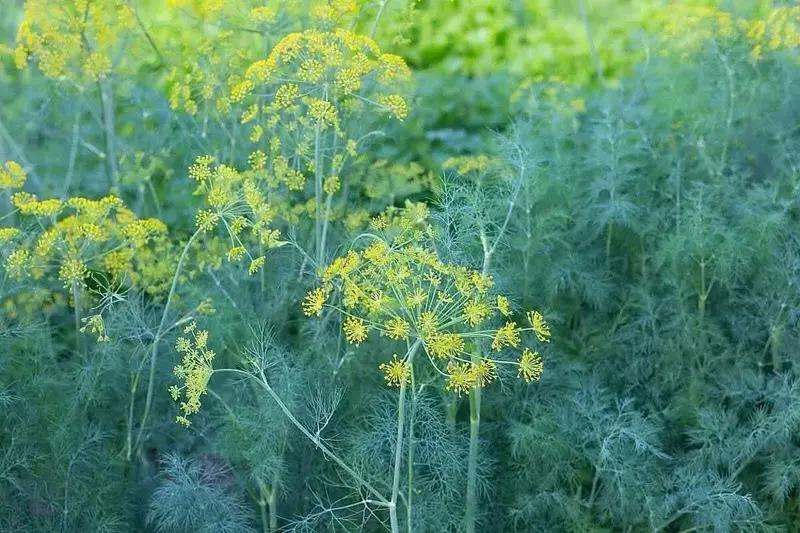
Dill is known for attracting beneficial insects like ladybugs while deterring aphids.
The delicate, feathery leaves add texture and depth to gardens, alongside the tall flower stalks. Dill’s presence invites a natural balance, promoting a healthy ecosystem.
Ancient cultures valued dill for its ability to ward off witches, reflecting its long-standing reputation for protection.
Fennel
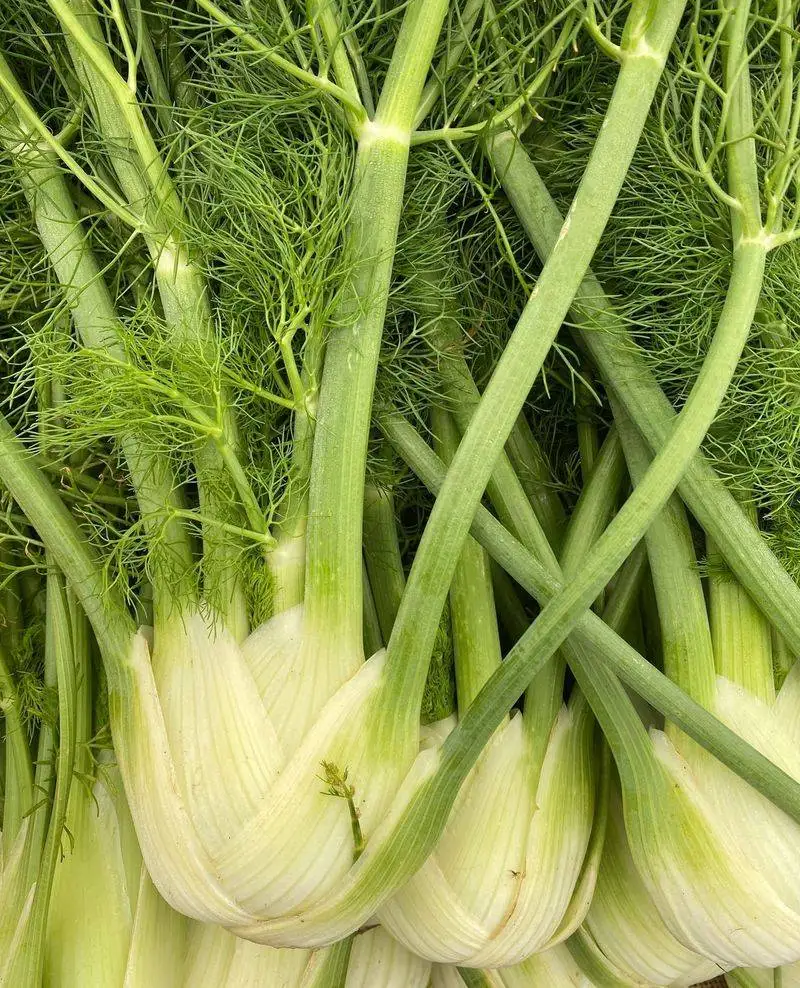
Fennel not only attracts beneficial insects like ladybugs and lacewings but also repels harmful ones.
This aromatic herb boasts a sweet, licorice-like flavor with vibrant yellow flowers. Its feathery leaves provide an ethereal aesthetic to garden spaces.
Used since antiquity, fennel symbolizes strength and longevity, making it a cherished addition to herb gardens.
Borage
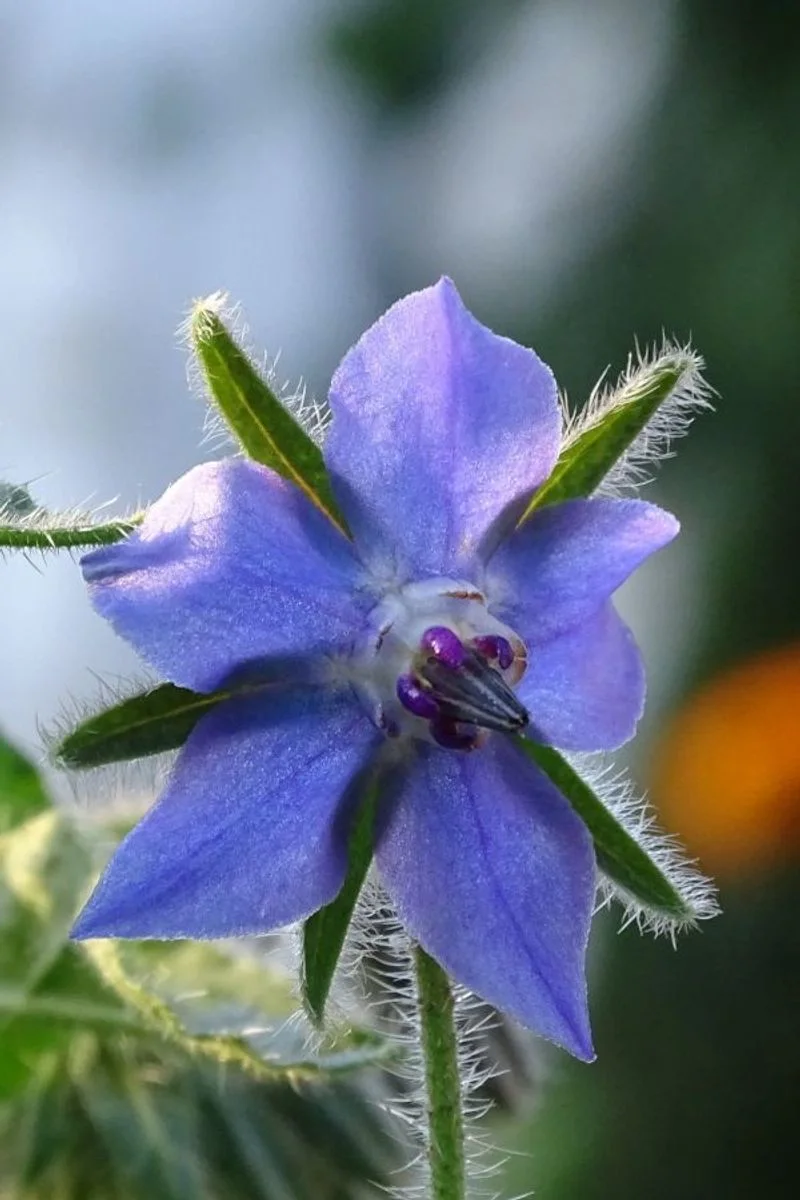
Borage is a magnet for pollinators like bees and butterflies, enhancing pollination in gardens.
The star-shaped blue flowers are visually striking, adding a splash of color. Borage leaves are also edible, offering a cucumber-like taste.
Historically, borage was believed to bring courage, often used in herbal remedies for uplifting spirits.
Yarrow
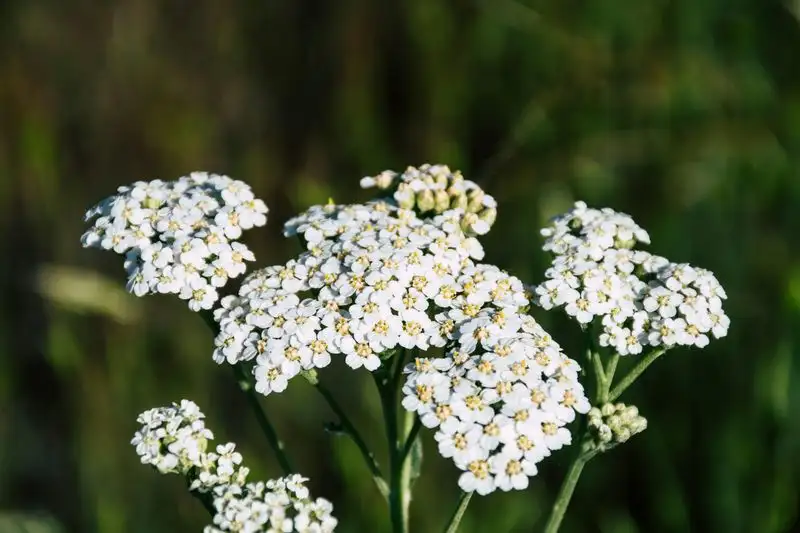
Yarrow attracts predatory insects like ladybugs, which are beneficial for controlling aphid populations.
The flat-topped clusters of small flowers provide both beauty and utility, adding an elegant touch to gardens.
Yarrow has been used for centuries in traditional medicine, renowned for its healing properties and as a symbol of everlasting love.
Tansy
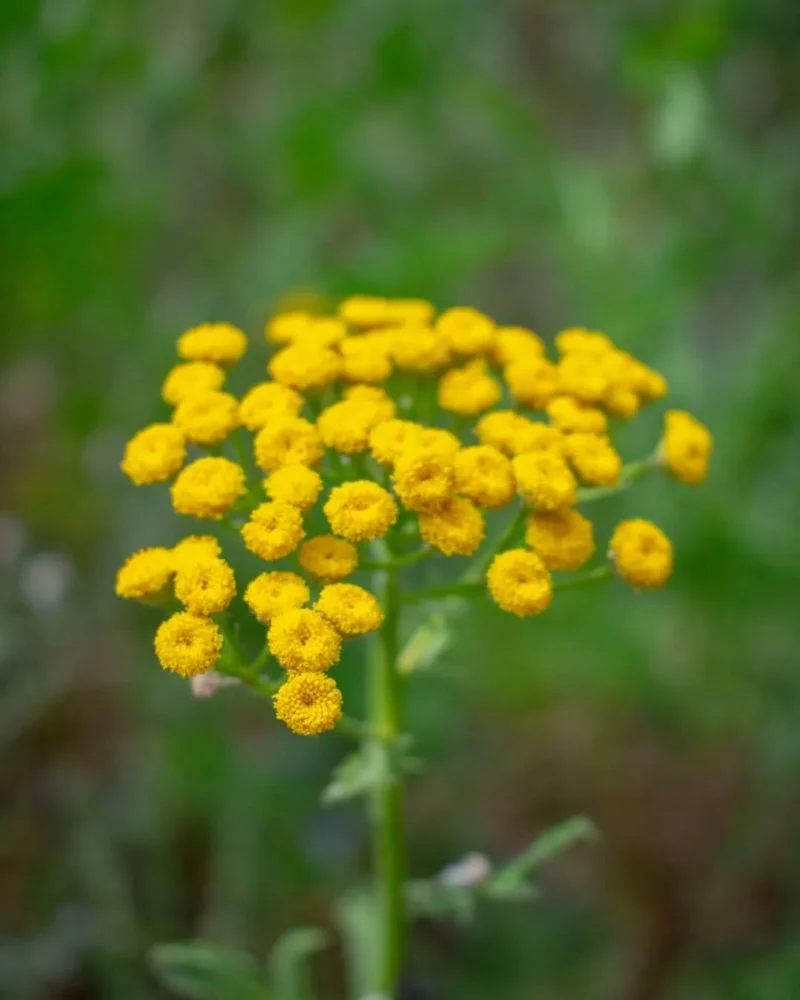
Tansy is effective at attracting beneficial insects while repelling pests like ants and mosquitoes.
The bright yellow flowers stand out in any garden landscape, offering both aesthetic appeal and function. Tansy’s strong scent is both a repellent and attractant, balancing garden ecosystems.
Historically used in funeral rites, tansy symbolizes immortality, reflecting its enduring presence in gardens.
Marigold
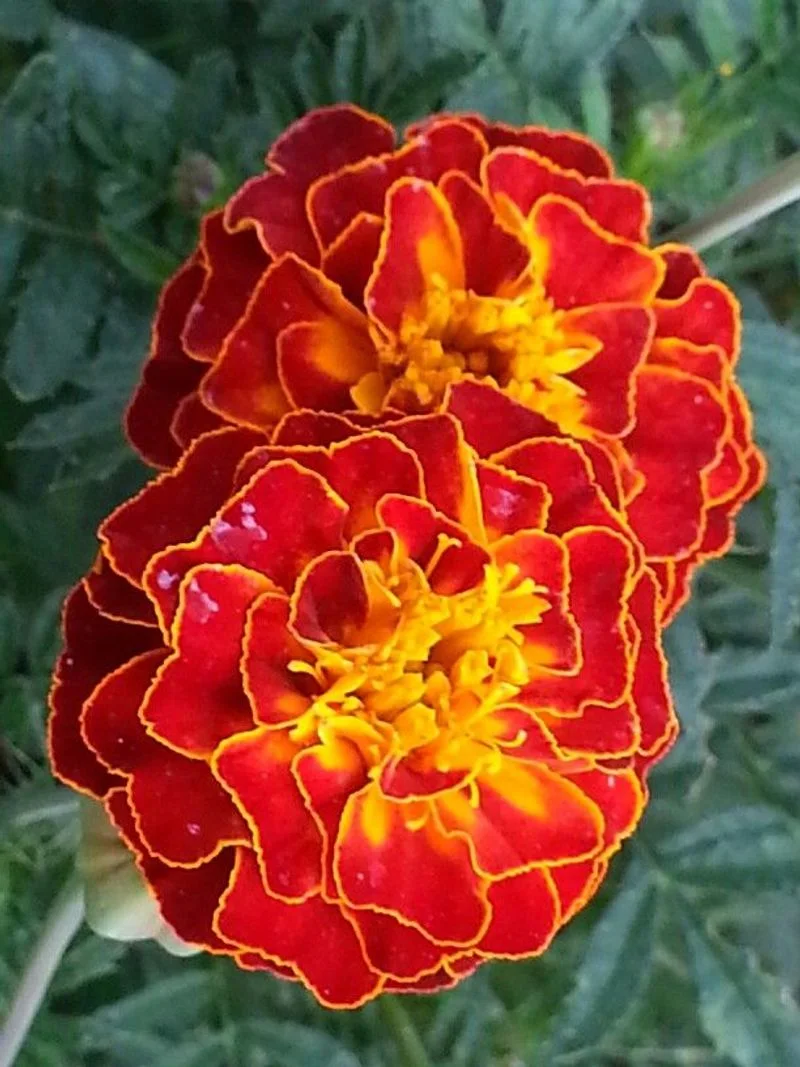
Marigolds are renowned for their ability to attract beneficial insects like bees while repelling nematodes.
Their bright orange and yellow blooms add a cheerful pop to garden borders. The distinctive scent of marigolds is both inviting to pollinators and deterring to harmful bugs.
Used in various cultures for ceremonial purposes, marigolds symbolize passion and creativity.

